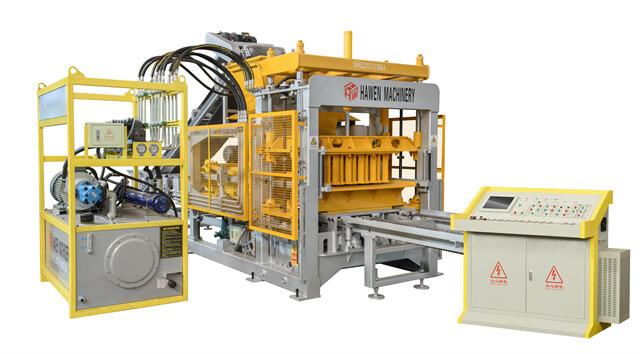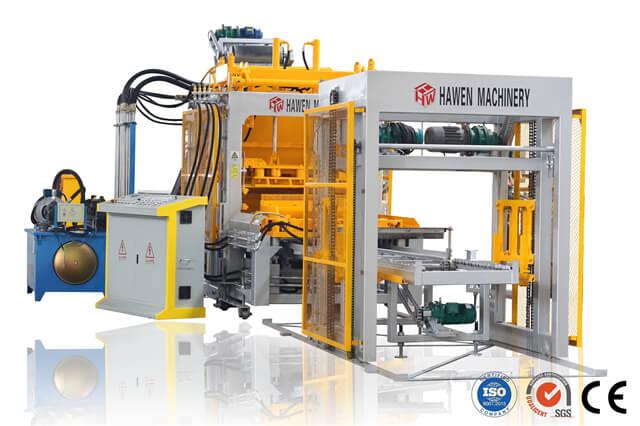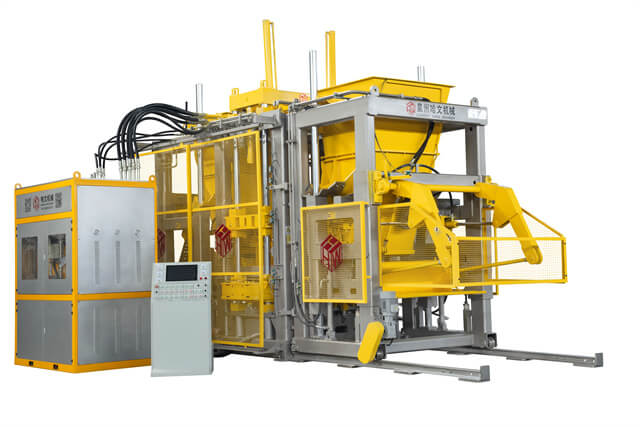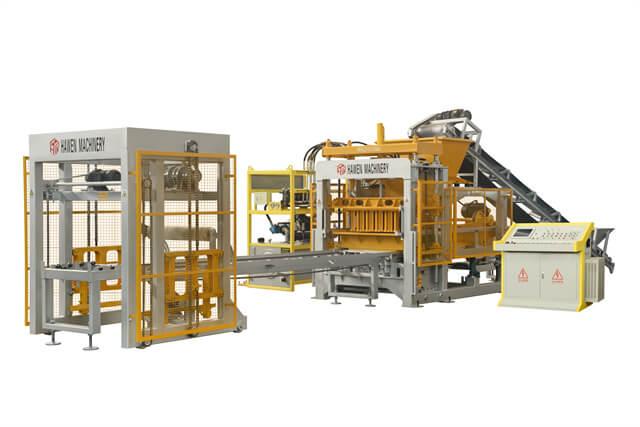Author:HAWEN Block MachineFROM:Brick Production Machine Manufacturer TIME:2024-03-19
Development History and Working Principles of Automatic Hollow Block Machine
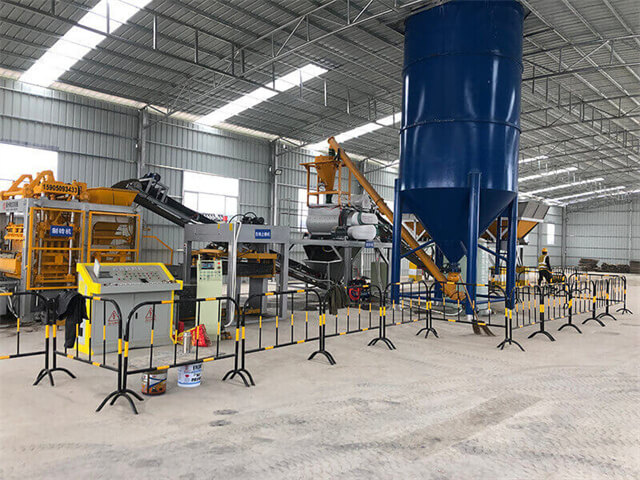
The automatic hollow block machine is a revolutionary invention in the field of construction equipment. This machine has greatly improved the efficiency and quality of hollow block production, making it an indispensable tool for modern construction projects. In this article, we will explore the development history of the automatic hollow block machine and delve into its working principles.
The concept of using machines to produce hollow blocks dates back to the early 20th century. Manual processes were slow and labor-intensive, prompting inventors to seek mechanical alternatives. The first automatic hollow block machine was introduced in the 1920s, but it was bulky and had limited capabilities.
.jpg)
In the following decades, significant advancements were made in the design and functionality of automatic hollow block machines. The introduction of hydraulic systems and improved automation greatly increased production capacities and reduced manual labor requirements. These machines became more compact, efficient, and versatile.
In recent years, further innovations have transformed the automatic hollow block machine into a highly sophisticated and customizable piece of equipment. Computer-aided design (CAD) software allows for precise mold creation, resulting in superior block shapes and sizes. Additionally, robotic systems integrated into the machine offer enhanced precision and speed.
The working principles of the automatic hollow block machine can be summarized in a few key steps:
1. Raw Material Preparation: The machine requires cement, sand, and other aggregates as input materials. These are carefully measured and mixed in appropriate proportions to create the perfect block mix.
2. Block Formation: The block mix is transferred to a mold or a series of molds within the machine. A hydraulic system applies pressure to compact the mix, while also vibrating it to remove air bubbles and ensure homogeneity.
3. Curing and Drying: The newly formed blocks are transported through a curing chamber, where they are exposed to controlled temperatures and humidity levels. This process ensures the block's strength and durability.
4. Block Ejection and Stacking: Once the blocks have cured, they are ejected from the mold and conveyed to a stacking area. Depending on the machine's configuration, this can be done manually or automatically, with the use of conveyor belts or robotic arms.
The automatic hollow block machine offers numerous advantages over traditional manual production methods. It significantly reduces labor costs and increases productivity. The precise molding and curing processes result in uniform and high-quality blocks. These machines find applications in various construction projects, including residential, commercial, and industrial buildings.
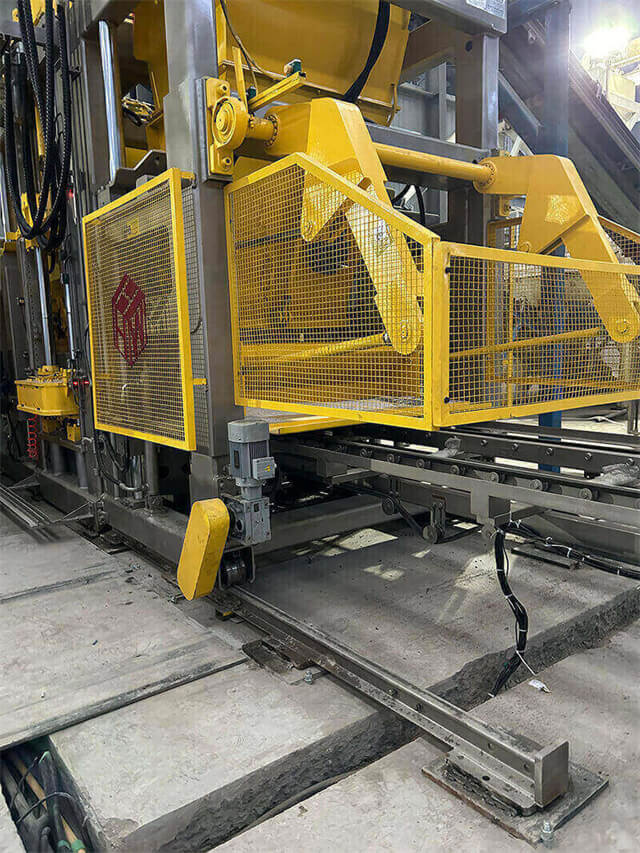
The development history of the automatic hollow block machine has seen remarkable progress, leading to highly efficient and advanced machines like the ones we have today. The working principles of these machines ensure consistent and superior-quality blocks for construction purposes. As technology continues to evolve, we can expect further innovations in this field, making construction processes more streamlined and efficient than ever before.
